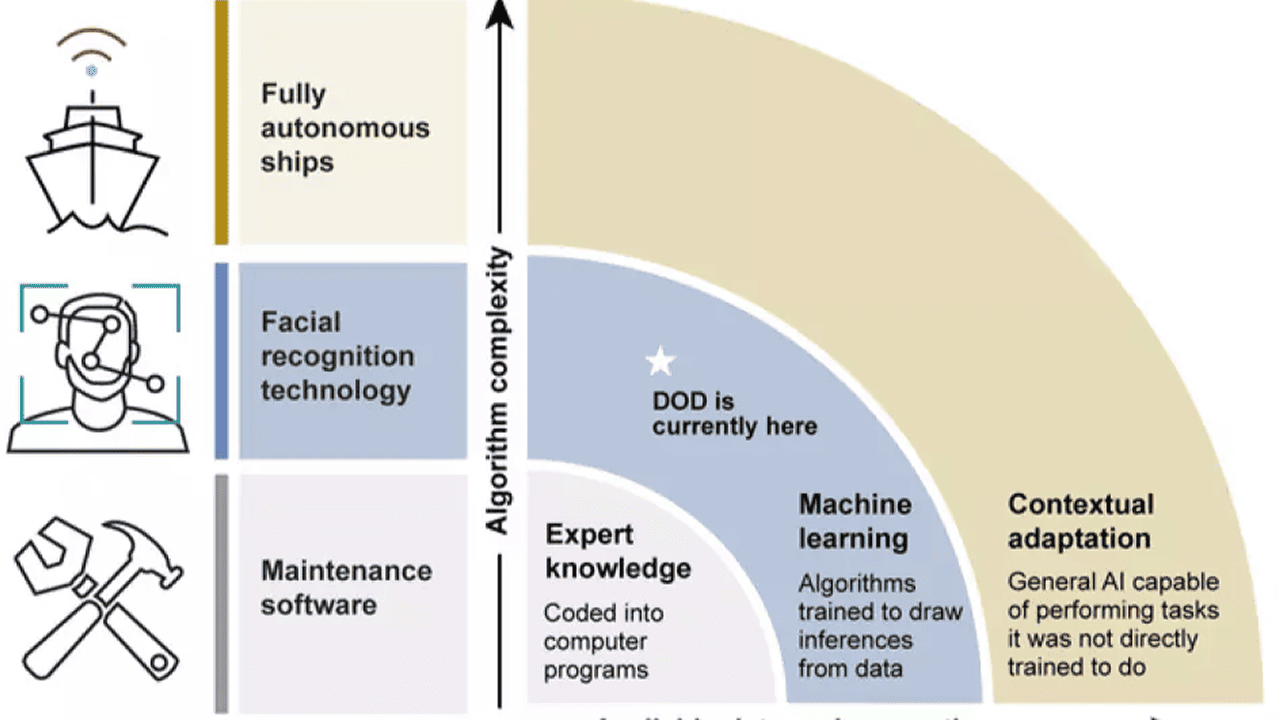As artificial intelligence (AI) continues to evolve, concerns about its potential misuse in security-related threats are becoming more pressing. ChatGPT-4, built on the GPT architecture, is a prime example of AI technology that can be leveraged for both beneficial and harmful purposes.
AI and machine learning have the potential to revolutionize cybersecurity by enhancing threat detection and response times. However, they also empower malicious actors to launch cyberattacks with unprecedented precision and speed. This growing challenge demands vigilance from individuals, organizations, and government entities alike.
One of the most concerning malicious applications of AI is deepfake technology. By using AI-powered algorithms, attackers can manipulate videos and images to create highly realistic yet entirely fabricated content. These deepfakes can be used to spread disinformation, damage reputations, or manipulate public opinion, posing significant threats to digital trust and security.
Beyond deepfakes, AI is being utilized to automate and scale cyber threats such as phishing, malware distribution, and denial-of-service (DoS) attacks. Machine learning enables attackers to rapidly analyze large datasets, identify vulnerabilities, and exploit them more efficiently than ever before.
A particularly troubling development is the rise of AI-driven social engineering attacks. AI-powered chatbots can generate highly personalized and convincing messages, making phishing attempts more effective. These systems can mimic natural human interactions, increasing the chances that users will unknowingly click on malicious links or download harmful software. As AI continues to improve, the ability to differentiate between human and AI-generated interactions will become increasingly difficult. To mitigate these risks, individuals and organizations must adopt stronger security measures, such as multi-factor authentication and continuous cybersecurity training.
Despite these threats, AI also offers significant advancements in cyber defense. AI-driven algorithms can process vast amounts of data to detect anomalies and emerging threats that might otherwise go unnoticed by human analysts. Additionally, AI can automate repetitive security tasks, allowing cybersecurity professionals to focus on more complex and strategic challenges.
In the long run, the advantages of AI in cybersecurity outweigh the risks—provided that ethical and responsible use is prioritized. Achieving this balance requires a collaborative effort among governments, private-sector organizations, and researchers to develop clear ethical guidelines and security standards for AI deployment.
AI and machine learning mark a transformative shift in cybersecurity. While they introduce new challenges, they also present powerful opportunities to strengthen digital defenses. By proactively addressing AI-related risks and fostering responsible innovation, we can ensure that these technologies contribute to a safer, more secure digital world.
AI Security Threats: DeepSeek V3 and National Security Concerns
As artificial intelligence (AI) technology advances, the emergence of sophisticated models like DeepSeek V3, developed by a Chinese AI company, has raised major national security concerns. These risks go beyond the challenges associated with social media platforms like TikTok, extending to more complex threats posed by open-source AI models. This analysis highlights key security risks linked to DeepSeek and similar AI systems, explaining why they may present a greater threat than platforms primarily focused on data privacy and content sharing.
1. Spread of Disinformation and Manipulation
- AI-Driven Misinformation: One of the most pressing threats posed by DeepSeek and other large language models (LLMs) is their ability to generate highly realistic, human-like text. This makes them a powerful tool for creating and spreading false information at scale. These models can craft tailored narratives that influence public perception, impact elections, or erode trust in institutions. Unlike TikTok, which was scrutinized mainly for data-sharing concerns, DeepSeek’s ability to fabricate misleading content introduces a different level of risk.
- Integration with Deepfake Technology: AI-powered models like DeepSeek can also be used in combination with deepfake technology to create deceptive audio and video content. While TikTok enables content sharing, LLMs have the potential to autonomously generate false narratives that can mislead individuals or manipulate large audiences. Such technology could be exploited for political influence, misinformation campaigns, and undermining trust in scientific or public health information.
2. Cybersecurity Risks
- Enhanced Cyber Threats and Phishing Attacks: Open-source AI models, including DeepSeek, provide a foundation for developing advanced cyberattack tools. Cybercriminals and state-sponsored hackers can use them to generate sophisticated phishing emails and social engineering schemes that are highly convincing, making it increasingly difficult for individuals and organizations to differentiate between genuine and malicious communications.
- AI-Powered Cyber Warfare: The integration of LLMs into cyber warfare presents additional risks. DeepSeek’s ability to process large datasets could be exploited to identify system vulnerabilities and execute autonomous cyberattacks. This could enable AI-driven attacks on government infrastructure and critical industries, posing a far greater threat than the security risks linked to social media platforms like TikTok.
3. Exploitation of Sensitive Data
- Mass Data Collection: Because DeepSeek is open-source, it allows anyone to download, modify, and implement the model, raising concerns over data privacy. Malicious entities could leverage its capabilities to extract and analyze vast amounts of information from sources such as social media, government records, and financial platforms. This could be used for intelligence gathering, political manipulation, or financial fraud.
- Targeted Disinformation Campaigns: Once enough personal data is collected, AI systems like DeepSeek could be used to design highly personalized misinformation campaigns. These campaigns could manipulate individuals or groups by presenting misleading information tailored to their specific beliefs, interests, or vulnerabilities.
4. Economic and Military Implications
- Intellectual Property and Economic Espionage: The capabilities of DeepSeek in AI-driven automation and data analysis could accelerate economic espionage efforts. Competitors—especially state-backed entities—could use it to gain an unfair advantage in industries like AI, healthcare, and defense. By bypassing expensive research and development processes, adversaries could advance in strategic sectors while undermining U.S. technological leadership.
- AI in Military Applications: The Chinese government has placed significant emphasis on AI development as part of its military strategy. AI models like DeepSeek could be integrated into military applications, including autonomous weapons, cyber warfare, and strategic intelligence. Such advancements could challenge U.S. military dominance and enable adversaries to predict and counter strategic moves with AI-enhanced warfare.
